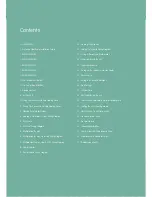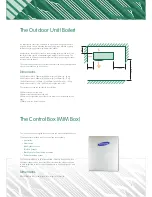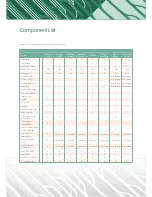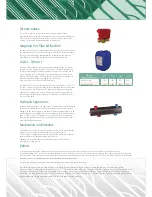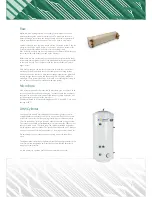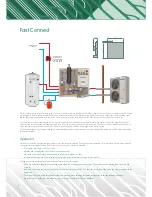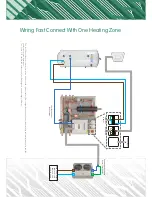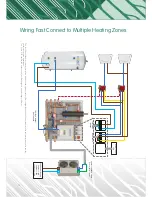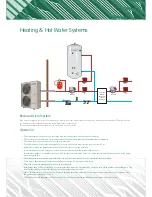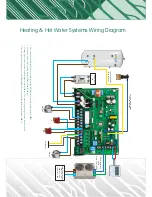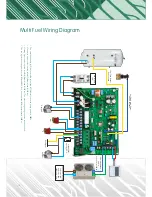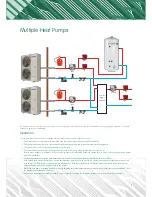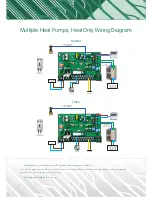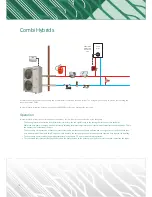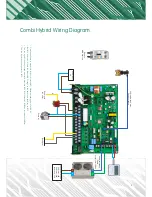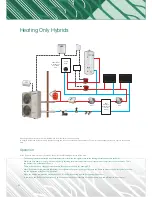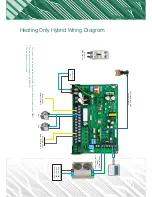
7
Flow
Unlike common heating systems, a heat pump system needs to keep the
water flow through the unit at a constant speed. To make sure the flow is
balanced through the emitters and the heat pump, a hydraulic separator will
need to be introduced into the system. This can be done in a few ways;
Low Loss Headers are a common way to achieve a balanced system. They are
a large section of pipe with 4 or more connections, a flow and return for the
heat pump and separate flow and returns for the heating circuit.
If the flow rate on either side does not match then the water will flow through
the volume within the header to make up the difference.
Buffer tanks, are also another way to achieve a balanced system. Buffer tanks
are basically a small cylinder, however the fluid flows directly through the buffer
as there are no coils. This is very much like the low loss header, only much
larger in size.
Plate heat exchangers, like low loss headers tend to have four connections
making up the flow and return for the heat pump and the heating system.
However, unlike the low loss, a plate heat exchanger separates the glycol fluid
running through the heat pump and the heating circuit via plates within the
exchanger. These systems tend to be referred to as a reduced glycol setup, as
you can reduce the amount of antifreeze within the system.
Micro Bore
If the heat pump was directly connected to microbore pipe, it can prove to be
very noisy and will sound like a running tap. In order to avoid this, a hydraulic
separator can be used, with this it it possible to have separate flow rates, one
for the heat pump and one for the micro bore.
Radiators will need to be sized accordingly to use 50°C in and 40°C out, so an
average of 45°C.
DHW Cylinder
Heat pumps are capable of providing heat to hot water cylinders as well as
heating radiators or underfloor. In order to do so you will need a heat pump
cylinder, this means that it will have a larger surface area coil than normal at
2.5m² to around 3m² for larger cylinders, either pressurised or open vented.
The cylinder will need to be installed within 15 meters from the MIM board as
the sensor cable is only 15 meters long. The cylinder installation instructions
will be provided with the cylinder. The cylinder is usually based on 55 litres per
person per day and it is recommended that a 1 hour reheat time is aimed for.
Do not attempt to use a standard non-heat pump cylinder as this will not
work.
The legionella function will be programmed into the Samsung controller to run
once every week along with a daily function to ensure that the hot water is
always up to temperature.
It is also possible to combine a solar PV powered immersion heater.


